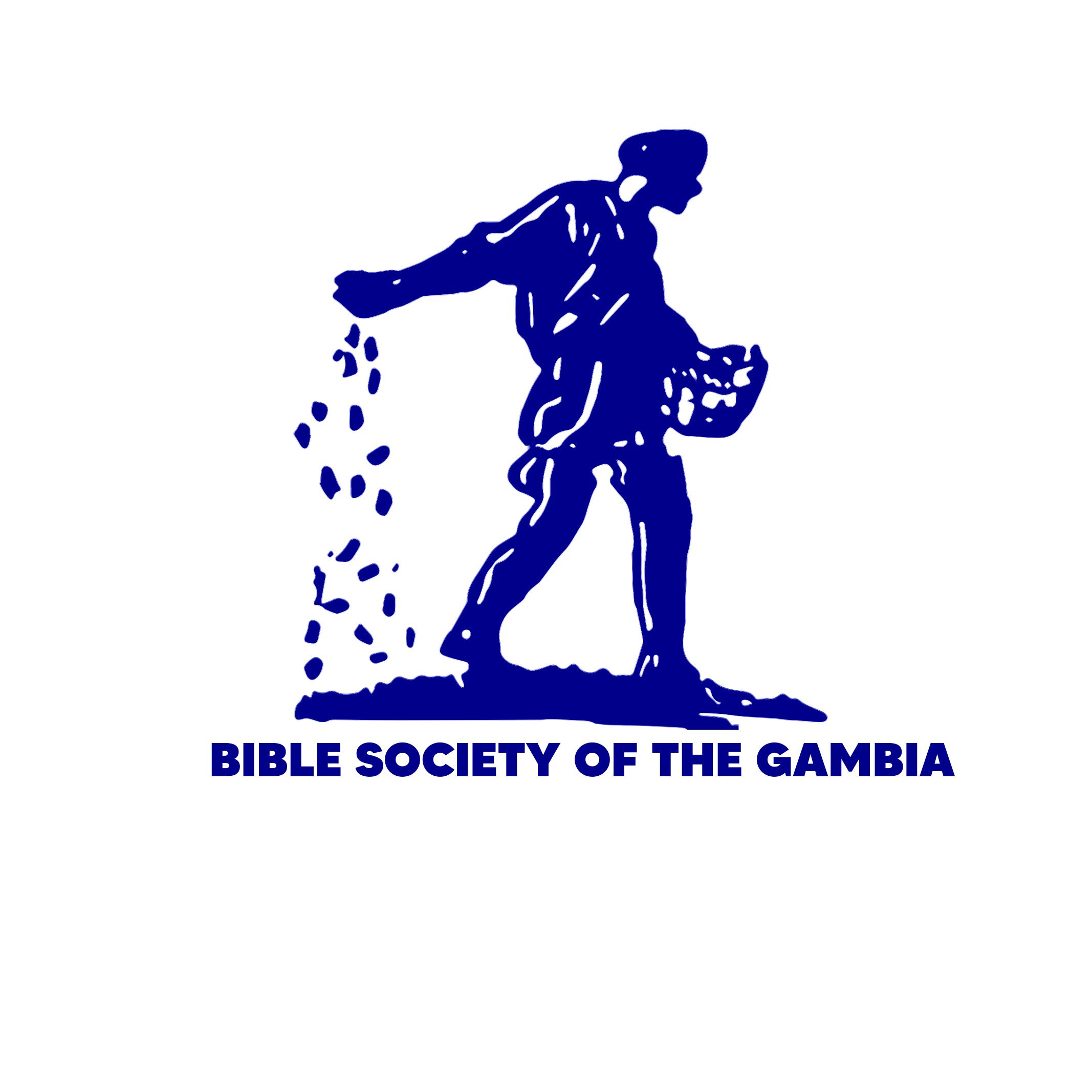Outrages des soldats. Jésus livré aux Juifs par Pilate
V. 1-16: cf. (Mt 27:26-31. Mc 15:15-20. Lu 23:23-25.)1 Alors Pilate prit Jésus, et le fit battre de verges. 2 Les soldats tressèrent une couronne d’épines qu’ils posèrent sur sa tête, et ils le revêtirent d’un manteau de pourpre; puis, s’approchant de lui, 3 ils disaient: Salut, roi des Juifs! Et ils lui donnaient des soufflets. 4 Pilate sortit de nouveau, et dit aux Juifs: Voici, je vous l’amène dehors, afin que vous sachiez que je ne trouve en lui aucun crime. 5 Jésus sortit donc, portant la couronne d’épines et le manteau de pourpre. Et Pilate leur dit: Voici l’homme. 6 Lorsque les principaux sacrificateurs et les huissiers le virent, ils s’écrièrent: Crucifie! Crucifie! Pilate leur dit: Prenez-le vous-mêmes, et crucifiez-le; car moi, je ne trouve point de crime en lui. 7 Les Juifs lui répondirent: Nous avons une loi; et, selon notre loi, il doit mourir, parce qu’il s’est fait Fils de Dieu. 8 Quand Pilate entendit cette parole, sa frayeur augmenta. 9 Il rentra dans le prétoire, et il dit à Jésus: D’où es-tu? Mais Jésus ne lui donna point de réponse. 10 Pilate lui dit: Est-ce à moi que tu ne parles pas? Ne sais-tu pas que j’ai le pouvoir de te crucifier, et que j’ai le pouvoir de te relâcher? 11 Jésus répondit: Tu n’aurais sur moi aucun pouvoir, s’il ne t’avait été donné d’en haut. C’est pourquoi celui qui me livre à toi commet un plus grand péché. 12 Dès ce moment, Pilate cherchait à le relâcher. Mais les Juifs criaient: Si tu le relâches, tu n’es pas ami de César. Quiconque se fait roi se déclare contre César. 13 Pilate, ayant entendu ces paroles, amena Jésus dehors; et il s’assit sur le tribunal, au lieu appelé le Pavé, et en hébreu Gabbatha. 14 C’était la préparation de la Pâque, et environ la sixième heure. Pilate dit aux Juifs: Voici votre roi. 15 Mais ils s’écrièrent: Ote, ôte, crucifie-le! Pilate leur dit: Crucifierai-je votre roi? Les principaux sacrificateurs répondirent: Nous n’avons de roi que César. 16 Alors il le leur livra pour être crucifié. Ils prirent donc Jésus, et l’emmenèrent.
Jésus crucifié
V. 17-30: cf. (Mt 27:32-50. Mc 15:21-37. Lu 23:26-46.) (Ga 3:13. 1 Pi 2:24.) Jn 1:29.17 Jésus, portant sa croix, arriva au lieu du crâne, qui se nomme en hébreu Golgotha. 18 C’est là qu’il fut crucifié, et deux autres avec lui, un de chaque côté, et Jésus au milieu. 19 Pilate fit une inscription, qu’il plaça sur la croix, et qui était ainsi conçue: Jésus de Nazareth, roi des Juifs. 20 Beaucoup de Juifs lurent cette inscription, parce que le lieu où Jésus fut crucifié était près de la ville: elle était en hébreu, en grec et en latin. 21 Les principaux sacrificateurs des Juifs dirent à Pilate: N’écris pas: Roi des Juifs. Mais écris qu’il a dit: Je suis roi des Juifs. 22 Pilate répondit: Ce que j’ai écrit, je l’ai écrit. 23 Les soldats, après avoir crucifié Jésus, prirent ses vêtements, et ils en firent quatre parts, une part pour chaque soldat. Ils prirent aussi sa tunique, qui était sans couture, d’un seul tissu depuis le haut jusqu’en bas. Et ils dirent entre eux: 24 Ne la déchirons pas, mais tirons au sort à qui elle sera. Cela arriva afin que s’accomplît cette parole de l’Écriture:
Ils se sont partagé mes vêtements,
Et ils ont tiré au sort ma tunique.
Voilà ce que firent les soldats.
25 Près de la croix de Jésus se tenaient sa mère et la sœur de sa mère, Marie, femme de Clopas, et Marie de Magdala. 26 Jésus, voyant sa mère, et auprès d’elle le disciple qu’il aimait, dit à sa mère: Femme, voilà ton fils. 27 Puis il dit au disciple: Voilà ta mère. Et, dès ce moment, le disciple la prit chez lui. 28 Après cela, Jésus, qui savait que tout était déjà consommé, dit, afin que l’Écriture fût accomplie: J’ai soif. 29 Il y avait là un vase plein de vinaigre. Les soldats en remplirent une éponge, et, l’ayant fixée à une branche d’hysope, ils l’approchèrent de sa bouche. 30 Quand Jésus eut pris le vinaigre, il dit: Tout est accompli. Et, baissant la tête, il rendit l’esprit.
La mort de Jésus constatée
V. 31-37: cf. (Mt 27:51-56. Mc 15:39-41. Lu 23:47-49.) 1 Co 15:3.31 Dans la crainte que les corps ne restassent sur la croix pendant le sabbat, car c’était la préparation, et ce jour de sabbat était un grand jour, les Juifs demandèrent à Pilate qu’on rompît les jambes aux crucifiés, et qu’on les enlevât. 32 Les soldats vinrent donc, et ils rompirent les jambes au premier, puis à l’autre qui avait été crucifié avec lui. 33 S’étant approchés de Jésus, et le voyant déjà mort, ils ne lui rompirent pas les jambes; 34 mais un des soldats lui perça le côté avec une lance, et aussitôt il sortit du sang et de l’eau. 35 Celui qui l’a vu en a rendu témoignage, et son témoignage est vrai; et il sait qu’il dit vrai, afin que vous croyiez aussi. 36 Ces choses sont arrivées, afin que l’Écriture fût accomplie:
Aucun de ses os ne sera brisé.
37 Et ailleurs l’Écriture dit encore:
Ils verront celui qu’ils ont percé.
Mise au sépulcre
V. 38-42: cf. (Mt 27:57-61. Mc 15:42-47. Lu 23:50-56.)38 Après cela, Joseph d’Arimathée, qui était disciple de Jésus, mais en secret par crainte des Juifs, demanda à Pilate la permission de prendre le corps de Jésus. Et Pilate le permit. Il vint donc, et prit le corps de Jésus. 39 Nicodème, qui auparavant était allé de nuit vers Jésus, vint aussi, apportant un mélange d’environ cent livres de myrrhe et d’aloès. 40 Ils prirent donc le corps de Jésus, et l’enveloppèrent de bandes, avec les aromates, comme c’est la coutume d’ensevelir chez les Juifs. 41 Or, il y avait un jardin dans le lieu où Jésus avait été crucifié, et dans le jardin un sépulcre neuf, où personne encore n’avait été mis. 42 Ce fut là qu’ils déposèrent Jésus, à cause de la préparation des Juifs, parce que le sépulcre était proche.
1 Then Pilate took Jesus and had him whipped. 2 The soldiers made a crown out of thorny branches and put it on his head; then they put a purple robe on him 3 and came to him and said, “Long live the King of the Jews!” And they went up and slapped him.
4 Pilate went back out once more and said to the crowd, “Look, I will bring him out here to you to let you see that I cannot find any reason to condemn him.” 5 So Jesus came out, wearing the crown of thorns and the purple robe. Pilate said to them, “Look! Here is the man!”
6 When the chief priests and the Temple guards saw him, they shouted, “Crucify him! Crucify him!”
Pilate said to them, “You take him, then, and crucify him. I find no reason to condemn him.”
7 The crowd answered back, “We have a law that says he ought to die, because he claimed to be the Son of God.”
8 When Pilate heard this, he was even more afraid. 9 He went back into the palace and asked Jesus, “Where do you come from?”
But Jesus did not answer. 10 Pilate said to him, “You will not speak to me? Remember, I have the authority to set you free and also to have you crucified.”
11 Jesus answered, “You have authority over me only because it was given to you by God. So the man who handed me over to you is guilty of a worse sin.”
12 When Pilate heard this, he tried to find a way to set Jesus free. But the crowd shouted back, “If you set him free, that means that you are not the Emperor's friend! Anyone who claims to be a king is a rebel against the Emperor!”
13 When Pilate heard these words, he took Jesus outside and sat down on the judge's seat in the place called “The Stone Pavement.” (In Hebrew the name is “Gabbatha.”) 14 It was then almost noon of the day before the Passover. Pilate said to the people, “Here is your king!”
15 They shouted back, “Kill him! Kill him! Crucify him!”
Pilate asked them, “Do you want me to crucify your king?”
The chief priests answered, “The only king we have is the Emperor!”
16 Then Pilate handed Jesus over to them to be crucified.
Jesus Is Crucified
(Matthew 27.32-44Mark 15.21-32Luke 23.26-43)So they took charge of Jesus. 17 He went out, carrying his cross, and came to “The Place of the Skull,” as it is called. (In Hebrew it is called “Golgotha.”) 18 There they crucified him; and they also crucified two other men, one on each side, with Jesus between them. 19 Pilate wrote a notice and had it put on the cross. “Jesus of Nazareth, the King of the Jews,” is what he wrote. 20 Many people read it, because the place where Jesus was crucified was not far from the city. The notice was written in Hebrew, Latin, and Greek. 21 The chief priests said to Pilate, “Do not write ‘The King of the Jews,’ but rather, ‘This man said, I am the King of the Jews.’”
22 Pilate answered, “What I have written stays written.”
23 After the soldiers had crucified Jesus, they took his clothes and divided them into four parts, one part for each soldier. They also took the robe, which was made of one piece of woven cloth without any seams in it. 24 The soldiers said to one another, “Let's not tear it; let's throw dice to see who will get it.” This happened in order to make the scripture come true:
“They divided my clothes among themselves
and gambled for my robe.”
And this is what the soldiers did.
25 Standing close to Jesus' cross were his mother, his mother's sister, Mary the wife of Clopas, and Mary Magdalene. 26 Jesus saw his mother and the disciple he loved standing there; so he said to his mother, “He is your son.”
27 Then he said to the disciple, “She is your mother.” From that time the disciple took her to live in his home.
The Death of Jesus
(Matthew 27.45-56Mark 15.33-41Luke 23.44-49)28 Jesus knew that by now everything had been completed; and in order to make the scripture come true, he said, “I am thirsty.”
29 A bowl was there, full of cheap wine; so a sponge was soaked in the wine, put on a stalk of hyssop, and lifted up to his lips. 30 Jesus drank the wine and said, “It is finished!”
Then he bowed his head and gave up his spirit.
Jesus' Side Is Pierced
31 Then the Jewish authorities asked Pilate to allow them to break the legs of the men who had been crucified, and to take the bodies down from the crosses. They requested this because it was Friday, and they did not want the bodies to stay on the crosses on the Sabbath, since the coming Sabbath was especially holy. 32 So the soldiers went and broke the legs of the first man and then of the other man who had been crucified with Jesus. 33 But when they came to Jesus, they saw that he was already dead, so they did not break his legs. 34 One of the soldiers, however, plunged his spear into Jesus' side, and at once blood and water poured out. ( 35 The one who saw this happen has spoken of it, so that you also may believe. What he said is true, and he knows that he speaks the truth.) 36 This was done to make the scripture come true: “Not one of his bones will be broken.” 37 And there is another scripture that says, “People will look at him whom they pierced.”
The Burial of Jesus
(Matthew 27.57-61Mark 15.42-47Luke 23.50-56)38 After this, Joseph, who was from the town of Arimathea, asked Pilate if he could take Jesus' body. (Joseph was a follower of Jesus, but in secret, because he was afraid of the Jewish authorities.) Pilate told him he could have the body, so Joseph went and took it away. 39 Nicodemus, who at first had gone to see Jesus at night, went with Joseph, taking with him about one hundred pounds of spices, a mixture of myrrh and aloes. 40 The two men took Jesus' body and wrapped it in linen cloths with the spices according to the Jewish custom of preparing a body for burial. 41 There was a garden in the place where Jesus had been put to death, and in it there was a new tomb where no one had ever been buried. 42 Since it was the day before the Sabbath and because the tomb was close by, they placed Jesus' body there.


